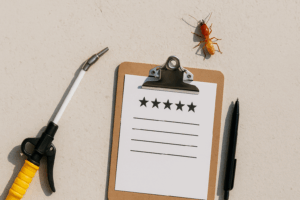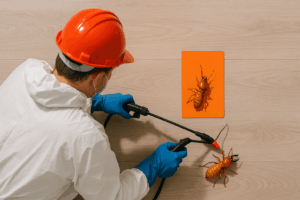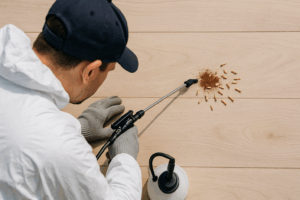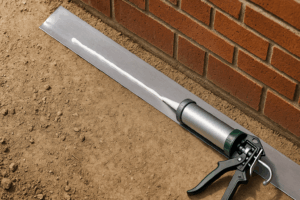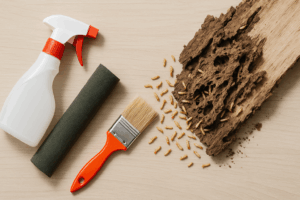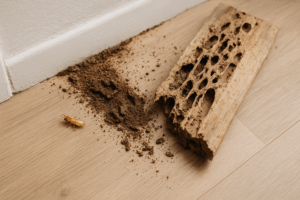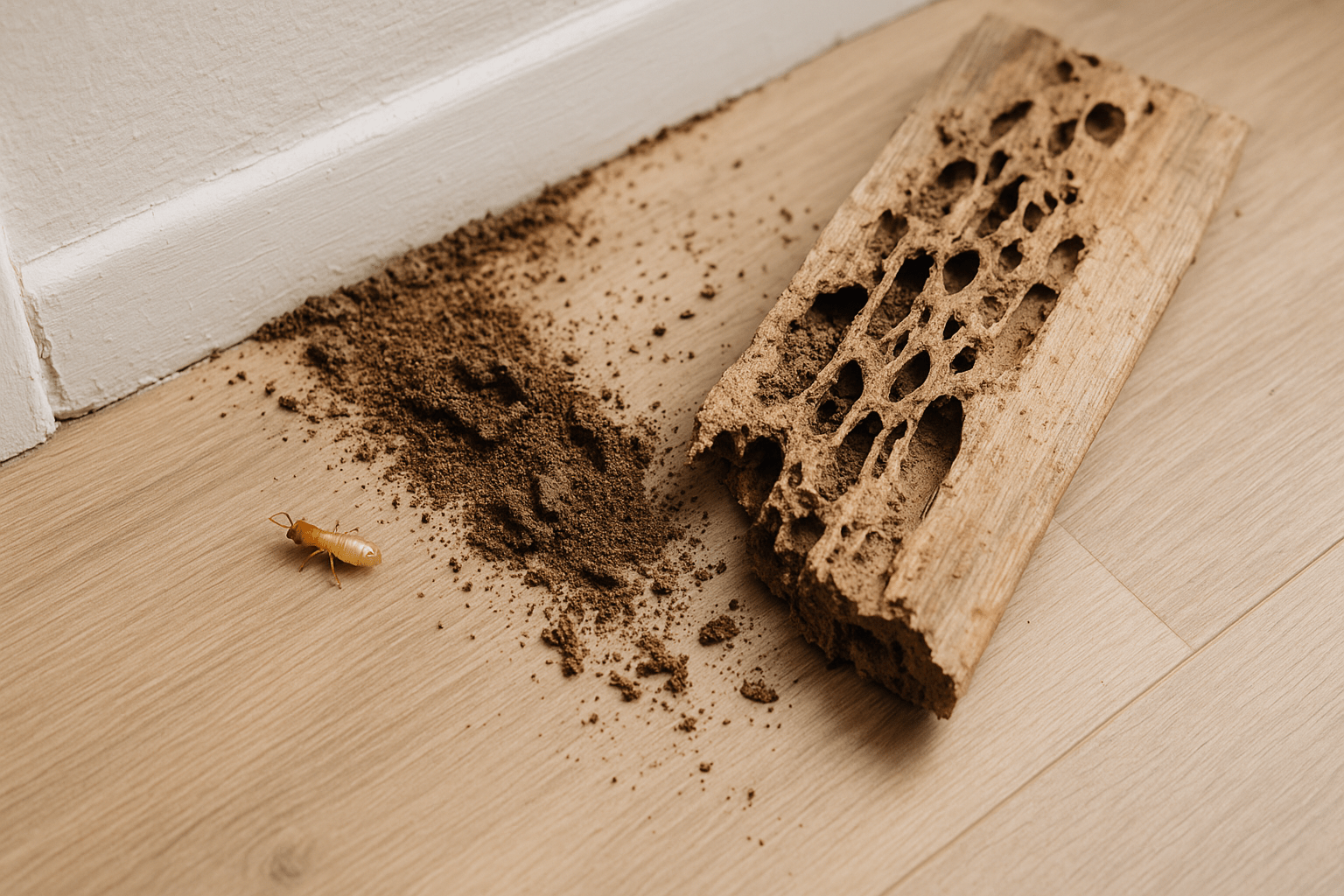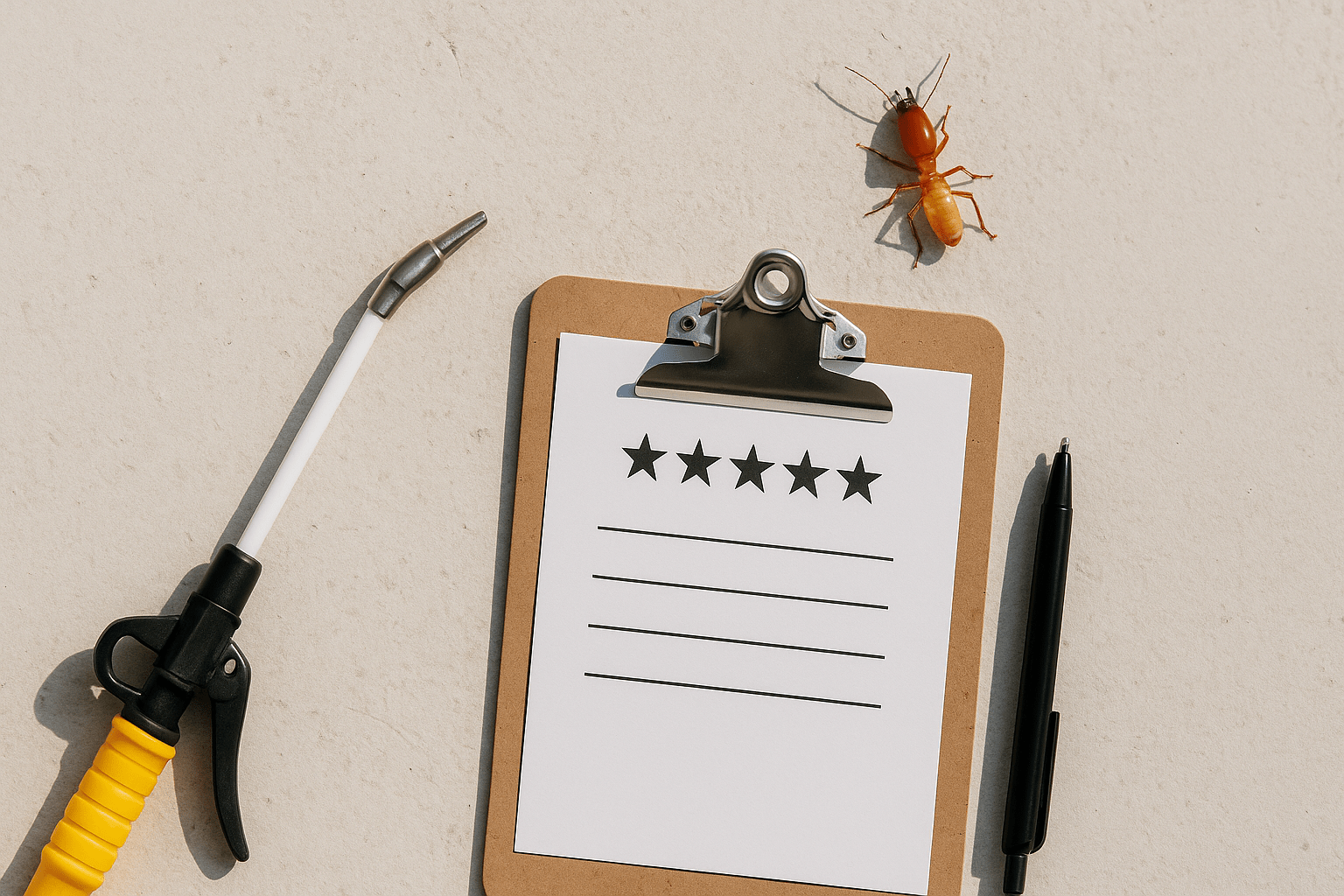Table of Contents
Understanding Termite Damage Risks Oud Al Muteena 2
The issue of termite damage risks Oud Al Muteena 2 is a growing concern for property owners and residents in Dubai. Oud Al Muteena 2, with its mix of traditional and modern housing, offers a conducive environment for subterranean and dry wood termites alike. These pests cause structural deterioration that can compromise building safety and value.
Due to Dubai’s warm climate and humidity, termite colonies thrive year-round, increasing the possibility of unnoticed infestations. Understanding how termite damage occurs and what factors increase the termite damage risks Oud Al Muteena 2 can empower homeowners and businesses in this locality to act effectively.
Common Types of Termites in Dubai
Within Oud Al Muteena 2 and greater Dubai, two main types of termites pose threats: subterranean termites and dry wood termites.
- Subterranean Termites: These are the most prevalent and destructive. They build extensive underground colonies and access wood through soil tunnels.
- Dry Wood Termites: Found in isolated wood pieces, they can infest furniture and structural wood without soil contact.
Dubai’s unique environment means these termites adapt well, making early detection critical to limit termite damage risks Oud Al Muteena 2.
Identifying Signs of Termite Infestation
Spotting early signs of infestation is crucial to prevent significant termite damage risks Oud Al Muteena 2. Key indicators include:
- Hollow Wood: Wood that sounds hollow when tapped.
- Swarmers: Presence of winged termites indoors or near windows.
- Mud Tubes: Narrow mud tubes on walls or foundations for termites to travel.
- Cracked or Bubbling Paint: Caused by termite tunneling beneath wood surfaces.
Regular inspections, especially in vulnerable structures, can detect infestations early, minimizing costs and structural risk, thereby reducing termite damage risks Oud Al Muteena 2.
Termite Treatment Methods Offered in Oud Al Muteena 2
Managing termite damage risks Oud Al Muteena 2 involves targeted treatment approaches combining chemical and non-chemical solutions. Saniex Dubai provides specialized termite control services, focusing on Dubai’s unique climate and building structures.
Chemical Treatments
Professional application of termiticides creates barriers in soil and wood to kill or repel termites. Common methods include liquid soil treatments and bait stations strategically placed around the property.
Non-Chemical Treatments
- Physical Barriers: Installation of stainless steel mesh or sand barriers during construction.
- Heat Treatments: Raising temperatures in affected wood areas to lethal levels without chemicals.
- Microwave and Electromagnetic Methods: Emerging technologies to eradicate termites safely.
The company’s expertise ensures treatments align with Dubai Municipality public health pest control guidelines, specifically those addressing termite damage risks Oud Al Muteena 2 (official source).
Preventive Measures to Reduce Termite Damage Risks
Prevention plays a key role in minimizing termite damage risks Oud Al Muteena 2. Here are practical steps to protect properties:
- Regular Inspections: Schedule annual checks with a licensed professional to spot early signs.
- Moisture Control: Fix leaks and maintain proper drainage to eliminate moist environments termites prefer.
- Proper Ventilation: Ensure crawl spaces and basements have adequate airflow.
- Wood-to-Soil Contact: Avoid direct contact; use concrete or metal supports where possible.
- Use of Treated Wood: Incorporate termite-resistant or chemically treated wood in construction and furniture.
By implementing these measures, property owners in Oud Al Muteena 2 can significantly curb termite infestation chances and thereby reduce termite damage risks Oud Al Muteena 2.
Choosing a Professional Termite Control Service in Dubai
For effective management of termite damage risks Oud Al Muteena 2, engaging an experienced pest control company is essential. Saniex Dubai specializes in termite eradication services tailored to Dubai’s environment, offering:
- Certified technicians fully compliant with Dubai Municipality and DHA regulations.
- Advanced inspection tools and technologies.
- Custom treatment plans based on building type and infestation severity.
- Transparent reporting and follow-up service packages, vital for managing termite damage risks Oud Al Muteena 2 effectively (learn more about our solutions).
Choosing local specialists ensures adherence to Dubai’s safety and environmental standards while protecting your investment from further termite damage risks Oud Al Muteena 2.
Conclusion & Call to Action
Understanding and mitigating termite damage risks Oud Al Muteena 2 is vital for safe and durable properties in Dubai. By recognizing termite types, identifying infestation signs early, and applying professional treatment methods, residents can safeguard their homes effectively.
Preventive measures alongside expert services like those offered by Saniex Dubai create a robust defense against termite threats. We encourage property owners and managers in Oud Al Muteena 2 to act promptly and consult certified pest control professionals to secure their investments.
Protect your property today by scheduling an inspection with trusted Dubai termite specialists and stay informed with Dubai Municipality’s pest control guidelines. Effective termite management, particularly against termite damage risks Oud Al Muteena 2, starts with knowledge and action.
Understanding the Scope and Severity of Termite Damage Risks Oud Al Muteena 2
Oud Al Muteena 2, one of Dubai’s older residential areas, presents unique challenges regarding termite infestations, making awareness of termite damage risks Oud Al Muteena 2 a critical concern for homeowners, property managers, and building professionals alike. Due to a combination of its climatic conditions, building materials, and the prevalence of untreated landscaping elements, termite activity in this locality is both common and potentially highly destructive.
Termites thrive in warm, humid environments, which Dubai’s year-round climate supports effectively. Oud Al Muteena 2, with its mix of older villas and multi-story residential buildings often incorporating wooden frames and fixtures, is particularly vulnerable to termite attacks, increasing termite damage risks Oud Al Muteena 2 if proper preventive and remedial measures are not implemented. Prolonged termite infestations can compromise structural integrity, cause substantial economic losses, and create long-term safety hazards.
Environmental and Structural Factors Amplifying Risks
The termite damage risks Oud Al Muteena 2 face are influenced by two main factors: environmental conditions and building characteristics.
- Climate and Soil Conditions: Dubai’s sandy soils, coupled with irrigation practices prevalent in Oud Al Muteena 2’s residential gardens, create an ideal habitat for subterranean termites. These termites commonly build underground colonies and access structures through moisture-rich soil, often undetected until damage becomes severe.
- Older Construction Styles: Many buildings in Oud Al Muteena 2 include traditional wooden elements such as door frames, window shutters, and ceiling panels. In older constructions, termite-resistant treatments may have been minimal or non-existent, leaving wood exposed to termite feeding.
These conditions make Oud Al Muteena 2 particularly susceptible to infestations that can progress rapidly, escalating termite damage risks Oud Al Muteena 2 without early detection and intervention.
Common Indicators and Early Warning Signs
Recognizing the early warning signs of termite activity is crucial in Oud Al Muteena 2 to mitigate termite damage risks Oud Al Muteena 2 effectively.
- Mud Tubes: Subterranean termites build narrow mud tubes along walls and foundations, allowing them to travel from their colonies in the soil to wooden structures.
- Wood Discoloration and Damage: Softening, hollow sounds, or blistered paint on wooden surfaces may indicate internal termite damage.
- Swarmers and Discarded Wings: Appearance of termite swarmers inside or around properties, or collecting discarded wings near window sills and doorways, signals an active colony.
In addition, unexplained cracks in walls or uneven flooring often hint at long-standing termite damage beneath the surface—common in older buildings of Oud Al Muteena 2.
Structural and Safety Consequences of Neglected Termite Infestations
The consequences of ignoring termite damage risks Oud Al Muteena 2 are significant. Unlike visible pests such as cockroaches or ants, termites consume wood from within, leaving a deceptive external appearance until the structural damage is advanced. This hidden degradation can escalate as follows:
- Compromised Load-Bearing Components: Termites often attack wooden beams, joists, and support columns. If these elements are weakened, the building’s stability is threatened, increasing risks during high winds, seismic activity, or other stresses.
- Damage to Fixtures and Fittings: Beyond structural wood, termites may infest wooden furniture, cabinetry, and door frames, leading to costly replacements and reduced property value.
- Electrical Hazards: In some cases, termites damage electrical wires and conduits contained within wall cavities, creating fire risks and electrical failures.
Dubai authorities, including Dubai Municipality, emphasize the importance of regular structural inspections and adherence to local building safety codes, which include provisions for pest control management to ensure occupant safety and property longevity.
Special Considerations for Oud Al Muteena 2 Residents and Property Owners
Given the area’s urban fabric and the age of many properties, Oud Al Muteena 2 residents must take proactive measures tailored to this location’s unique termite challenges.
Landscaping and Water Management
One contributing factor to persistent termite risk is the common use of irrigated gardens and landscaping that inadvertently increase soil moisture levels. Overwatering or inefficient drainage near foundations creates humid microenvironments favorable to termites.
Residents should maintain proper distance between vegetation and building walls, avoid direct soil contact with wooden parts of the structure, and frequently inspect irrigation systems to prevent leakages. These practices help reduce the favorable conditions for termite colonies to thrive close to homes.
Regular Professional Pest Inspections and Treatments
Engaging certified pest control companies licensed by Dubai Municipality for routine termite inspections and preventative treatments is essential in Oud Al Muteena 2. Local professionals typically use treatments aligned with Dubai’s environmental and safety standards, such as termiticides approved under ESMA regulations applicable within Dubai, which ensure both effectiveness and minimal environmental impact.
Professional inspections involve checking accessible wooden structures, probing for soft spots, and sometimes employing moisture meters and infrared cameras to detect hidden infestation. In severe cases, soil treatments and baiting systems installed around building perimeters disrupt termite colonies before they invade structures.
Community Awareness and Cooperation
Termite control in Oud Al Muteena 2 benefits greatly from community-wide awareness and cooperation. Termites can infest multiple properties in close proximity, so independent treatment on one house may be less effective unless neighboring properties also address infestations proactively.
- Neighborhood Initiatives: Body corporates or homeowners’ associations can organize joint inspections and bulk service agreements with pest control companies. This coordinated approach reduces reinfestation chances.
- Information Sharing: Residents sharing signs of early termite activity helps raise alertness across the community and activates timely responses.
Dubai Municipality promotes such collaborative pest management efforts through community engagement platforms, encouraging residents to maintain reporting and response mechanisms for pest outbreaks.
Integration With Building Maintenance and Renovation
Termite damage risks Oud Al Muteena 2 can be mitigated more effectively when pest management is integrated into routine maintenance schedules and renovation projects.
- Pre-Renovation Assessments: Before major renovations, especially involving wooden structures or landscaping changes, it is advisable to conduct thorough termite inspections and implement treatments if necessary.
- Use of Termite-Resistant Materials: Incorporating termite-resistant woods or engineered materials during refurbishments improves long-term defense against infestations.
- Sealing Structural Gaps: Repairs should focus on sealing cracks, crevices, and apertures that allow termite access from soil to timber elements.
Building maintenance schedules regulated by Dubai’s building codes and monitored by Dubai Municipality inspectors increasingly recommend these preemptive steps to ensure compliance and enhance building longevity.
Long-Term Risks and Solutions: Protecting Your Oud Al Muteena 2 Property
Long-term protection against termite damage risks Oud Al Muteena 2 demands an integrated approach combining regular monitoring, environmental management, professional intervention, and community engagement.
The costs in time and resources required to repair termite damage far exceed those necessary for consistent preventative care. Many Dubai-based pest control companies offer annual service plans customized for residential areas like Oud Al Muteena 2, emphasizing sustained control and swift remediation at early detection.
Ultimately, addressing termite damage risks Oud Al Muteena 2 means treating infestations not merely as isolated events but as ongoing challenges embedded in the urban ecology of Dubai’s older neighborhoods. By acknowledging the unique environmental and structural factors in this locale, residents and property managers can implement best practices—endorsed by Dubai Municipality and aligned with Dubai’s specific regulations and relevant UAE guidelines—to safeguard their homes and investments against termite threats that continue to evolve alongside the city itself.


